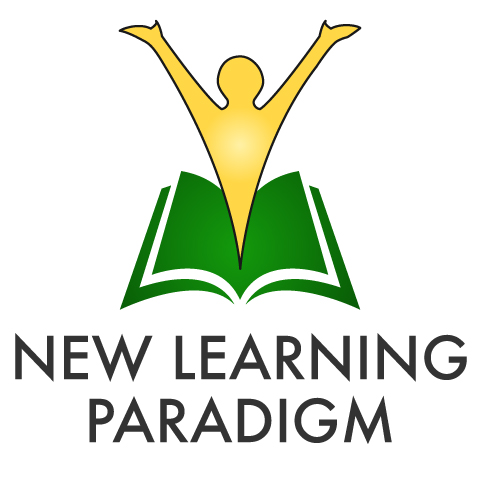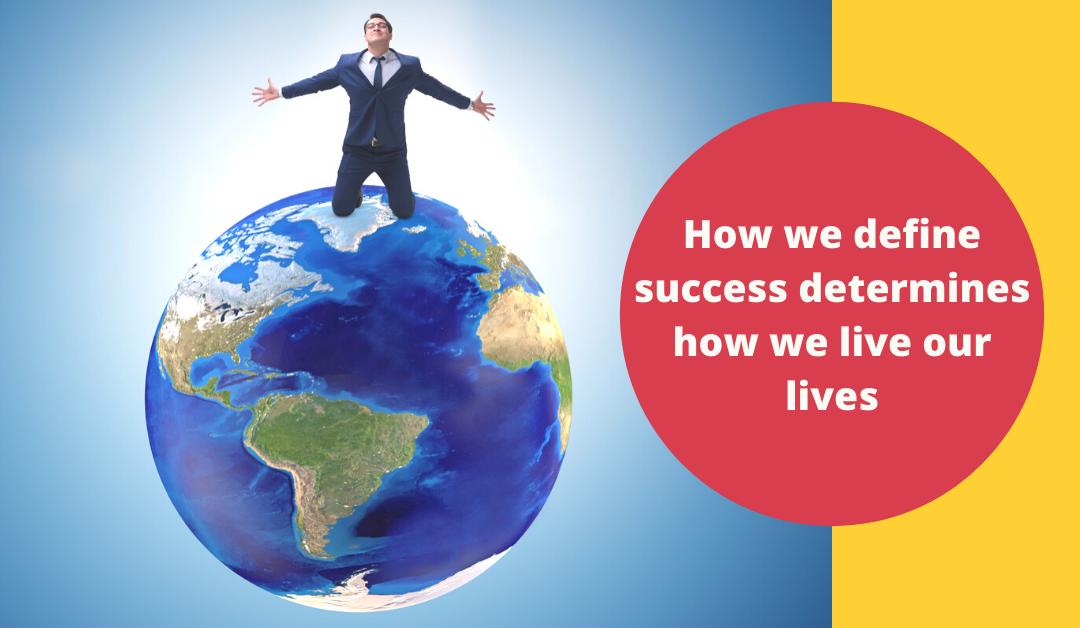By Johny Tan
This phenomenon, which seems to be the norm today, may stem from the learning theory of behaviourism, formulated and disseminated in the 1800 – 1900s. According to this theory, external rewards should be used as stimuli to evoke performance as a response.
This frame of thinking has permeated management and societal psychology, with money, gifts and promotions being commonly used to evoke performance; outstanding performers are often glorified through publicity and rewarded with things, titles, labels, and money. For many generations, this behaviour has fed our definition of success, wealth and happiness—and is still prominent in our culture today. Success and happiness are still associated with possessions, titles and recognition.

The influence of mass media and society’s culture of consumerism
The mass media around the world leverages consumer psychology as a powerful medium to shape and reproduce the misconstrued frames of thinking about wealth and success. Research has shown how media exposure changes our emotions, behaviours, cognition and even our attitudes and belief systems.1
Numerous studies have shown that young children cannot distinguish between commercials and TV programs and are thus unable to recognize that ads are trying to sell them something.2 Other studies have shown that children as young as age two can be influenced by branding, and by age three they can recognize brand logos.3
This realisation has driven marketers to target not only adults, but also children at increasingly young ages, counting on the ‘nag factor’: children ‘nag’ or pressure their parents into purchasing things for them. Children are targeted from birth with sophisticated manipulation techniques designed to create a consumer identity at the earliest age possible.
The symbiotic agenda of the media and businesses will not change anytime soon. We are all part of their mass psychological experiment aimed at establishing individualism and consumerism as the values of popular culture.

The mass media makes money by selling advertising space and time for businesses to achieve sales. Despite the global recession in 2010, global advertising revenues projected across Pricewaterhouse Coopers, Plunkett Research and Advertising Age magazines were expected to reach $450 billion in 2010. The vast majority of the messages that are circulating in the mass media are created with the specific purpose of affecting the thinking, behaviour and purchasing habits of its target audience. These are designer stories (ads) created by some of the world’s most talented and creative minds.
Companies across the globe design ads portraying the notion that one’s possessions and wealth are determining one’s success and happiness. Their businesses flourish when consumers resonate with and buy into their marketing ploy by purchasing their products. A vicious cycle of self-fulfilling prophecies repeats itself in society as businesses and the media continue their mutually beneficial relationship, by anchoring the synonymity between possessions and happiness or success.
Learning & development starts when you begin to live life consciously

Do we actually need to buy the latest car or mobile phone, even when many of their features are not relevant, or are we purchasing these products to satisfy our need for the emblem of success and wealth?
On the other hand, acts of service to humanity are believed to be good and often encouraged by society, however, how many people really judge someone’s success by them?
It seems counterintuitive to glorify such actions based on today’s societal norms. Samaritans are often misunderstood and suspected of doing things for their own hidden agendas when they advertise their acts of service like mainstream advertisements. For this reason, excellent acts of service to humanity often go unnoticed; and we know that when products or services are out of sight, they are soon out of mind. Businesses spend millions on advertising and branding to prevent getting out of consumers’ sight and mind and media companies thrive on the huge advertising budgets of firms, which those who provide acts of excellent service to humanity are unable to afford.

We, as consumers, can stop this vicious cycle: we want to be mindful of believing what we see prima facie and remind ourselves that our self-worth does not come from more possessions. Also, to have an impact on what the future will look like in this regard, we want to act on our children’s education, as they start to develop their cognitive abilities for dissonance: think twice about the convenience of providing media devices to children and limit their exposure to the ads that inevitably pop up during screen time.
Neurological research has shown that from birth to age five, children’s brains develop more than at any other time in life and early brain development has a lasting impact on a child’s ability to learn and succeed in school and life. The quality of a child’s experiences in the first few years of life—positive or negative—helps shape how their brain develops.
In short, no healthy learning & development can happen until we start to live our life more consciously. That is, by regaining our inner power and curating our life choices in terms of what we expose ourselves to.
As adults, we can think critically and accommodate other perspectives to expand our “map” of the world. If we have been conditioned to respond to and follow social norms, but we feel and know it’s time to go beyond and see other possibilities, there are numerous tools that we can use; the simplest one is having a dialog with people. Through dialog, we discover different points of view and we can become aware of any limiting beliefs we may hold which are no longer serving us with regards to our conditioning. A very useful modality we can refer to for practical techniques in this sense is NLP (Neuro-Linguistic Programming)—a technology for human change which can help us (and equip us to help others) develop our resourcefulness, reprogramme ourselves in a useful way, and break free from conditioning.
References
- Media Effects (60502nd ed.). SAGE Publications, Inc. 3 January 2012. pp. 35–63
- Matthew AL, Frances FM, Esther R, Anna RM, Jessica C. The Effect of Advertising on Children and Adolescents. Pediatrics Nov 2017, 140 (Supplement 2) S152-S156
- Fischer PM, Schwartz MP, Richards JW Jr, Goldstein AO, Rojas TH. Brand logo recognition by children aged 3 to 6 years. Mickey Mouse and Old Joe the Camel. JAMA. 1991;266(22):3145-3148.

